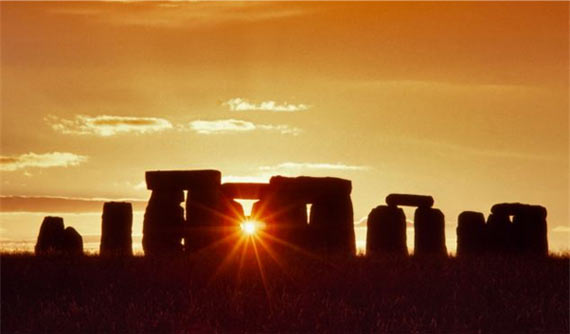This day marks the SUMMER SOLSTICE in the northern hemisphere and the winter solstice in the southern hemisphere, and thus is the day of the year with the longest hours of daylight in the northern hemisphere and the shortest in the southern. In astrology, it is the cusp line between Gemini and Cancer.
Solstices occur twice a year, when the tilt of the Earth’s axis is oriented directly towards or away from the Sun, causing the Sun to appear to reach its northernmost and southernmost extremes. The name is derived from the Latin sol (sun) and sistere (to stand still), because at the solstices, the Sun stands still in declination; that is, its’ apparent movement north or south comes to a standstill.
The term solstice can also be used in a wider sense, as the date (day) that such a passage happens. The solstices, together with the equinoxes, are connected with the seasons. In some languages they are considered to start or separate the seasons; in others they are considered to be center points (in English, in the Northern hemisphere, for example, the period around the June solstice is known as midsummer, and Midsummer’s Day is June 24, about three days after the solstice itself). Similarly December 25 is the start of the Christmas celebration, which was a Pagan festival in pre-Christian times, and is the day the sun begins to return back to the northern hemisphere.
